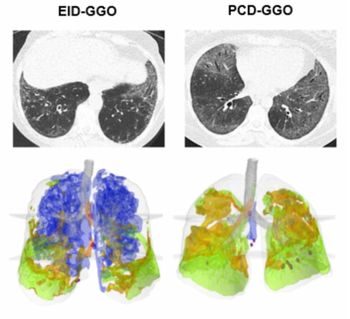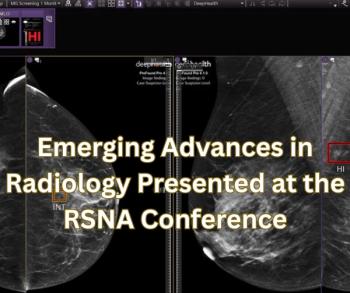
New Research Shows Viability of PET Imaging Agent for Clear Cell Renal Cell Carcinoma
In an interview at the recent Society of Nuclear Medicine and Molecular Imaging (SNMMI) conference in Chicago, Jeremie Calais, M.D., MSc discussed promising research findings for the use of the positron emission tomography (PET) imaging agent 89ZR-DFO-girentuximab for diagnosing clear cell renal cell carcinoma.
Conventional imaging doesn’t provide sufficient clarity for differentiating between benign renal masses and clear cell renal cell carcinoma (ccRCC), “the deadliest renal cancer and the most frequent one,” noted Jeremie Calais, M.D, MSc, during an interview at the recent
However, a new positron emission tomography (PET) imaging agent may facilitate more effective detection of ccRCC, according to emerging research from the international multicenter ZIRCON trial. For the ZIRCON study, researchers assessed the use of 89ZR-DFO-girentuximab (TLX250-CDx, Telix Pharmaceuticals) for ccRCC detection in adult patients with indeterminate renal masses. Abdominal PET/computed tomography (CT) imaging was obtained five days after administration of 89ZR-DFO-girentuximab, according to the study.
In a study presented at the
(Editor’s note: For related content, see “
“(89ZR-DFO-girentuximab) really provides a great tool for patients with indeterminate mass in the kidney. From seven centimeters to four centimeters and two centimeters, you still keep these good characterization properties. It’s exciting to work with this new imaging agent,” noted Dr. Calais, an associate professor at the Ahmanson Translational Theranostics Division of the Department of Molecular and Medical Pharmacology at the University of California Los Angeles (UCLA).
For more insights from Dr. Calais, watch the video below.
Newsletter
Stay at the forefront of radiology with the Diagnostic Imaging newsletter, delivering the latest news, clinical insights, and imaging advancements for today’s radiologists.




























